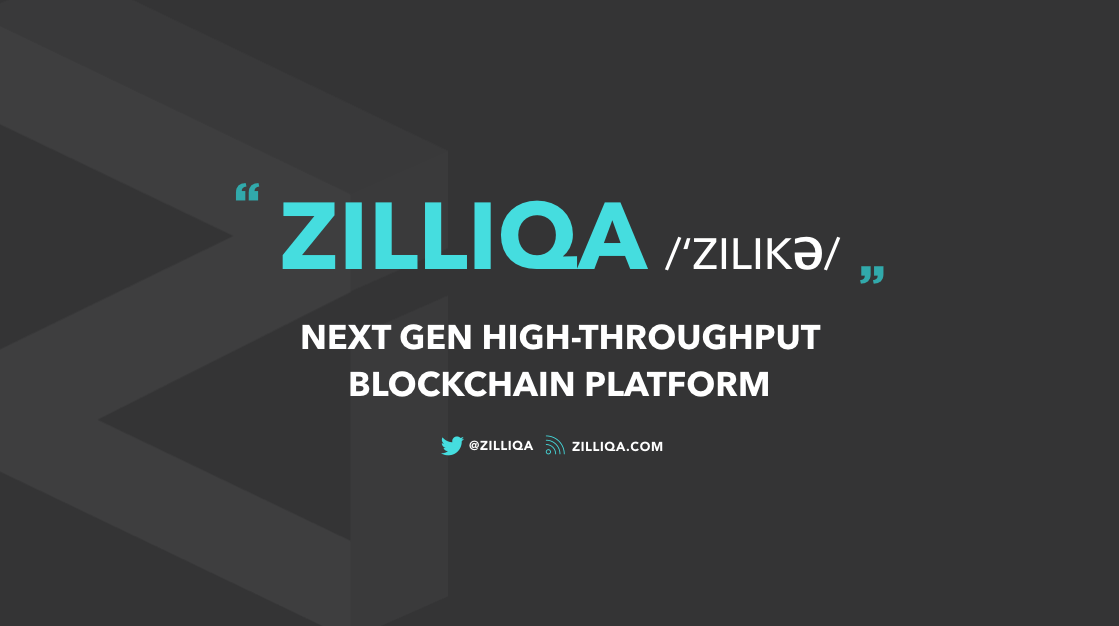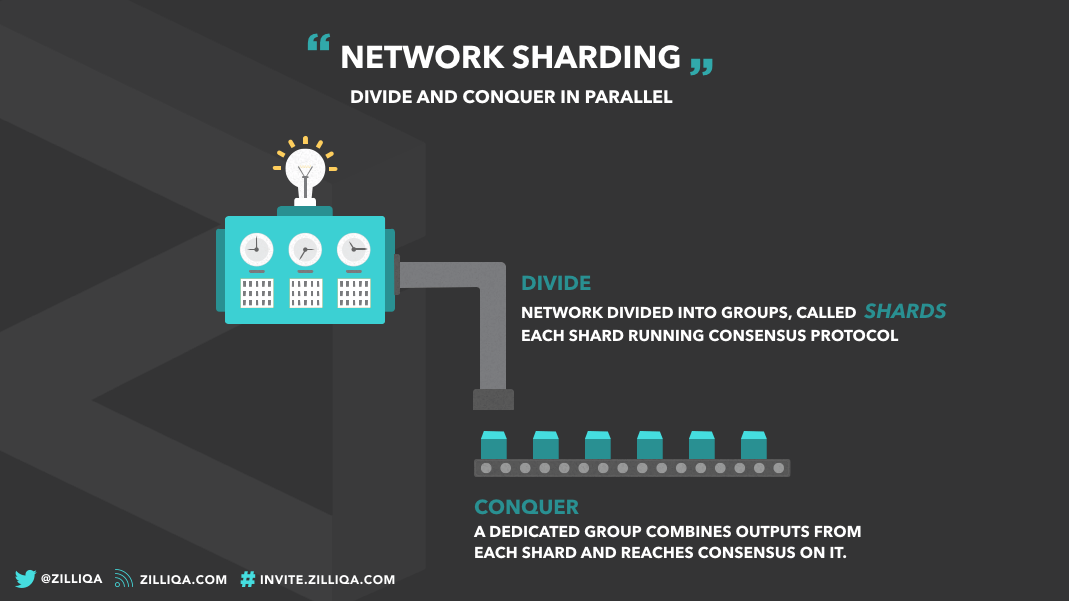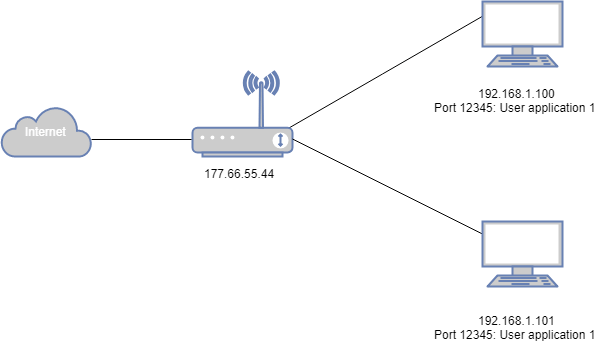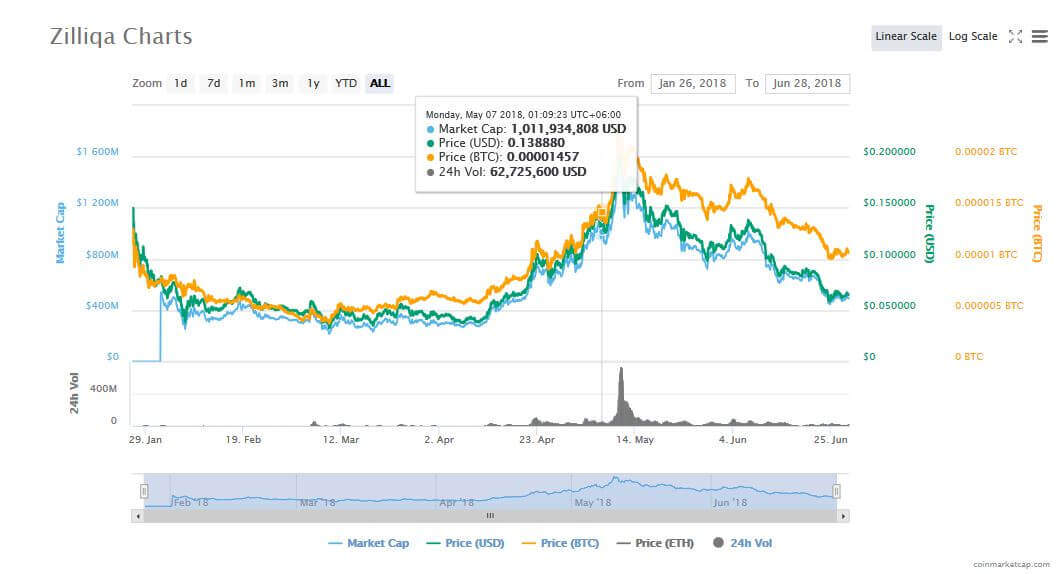Learn how blockchain truly works, master key definitions, and uncover what makes smart contracts so "smart." Dive into the fundamentals, gain valuable insights, and start your blockchain journey today!

- Guides
Hasib Anwar
- on June 29, 2018
What Is Zilliqa (ZIL)? Solving the Blockchain Scalability Challenge
Blockchain technology is breaking all the boundaries each year so much that even critics are forced to take back their negative statements. However, this incredible technology still has a long way to go.
The main flaw that’s been keeping them on a leash is the scalability issue. Many developers proposed a great solution, but none of them could break the chain.
As blockchain technology is becoming more and more popular nowadays, the number of transactions is also increasing. The technology is growing at an exponential rate. As a result, the transaction rate is slowing down drastically. Why?
Well, it’s because blockchains have a certain number of transactions that they can process without any problems. So, if you add more nodes to the whole network, the process becomes weak. Thus it’s unable to maintain the exact amount of scale needed for faster transactions.
So, if blockchain technology wants to revolutionize the world, it has to get rid of or at least minimize this adverse effect. This is where Zilliqa (ZIL) comes into play.
So, what is Zilliqa (ZIL) and how is it able to solve this massive problem?
Zilliqa introduces a new technology by utilizing network sharding. This will significantly increase the number of transactions per second, thus solving the scalability issue.
Want to know more? Let’s see what is Zilliqa (ZIL) and this newly introduced method now, shall we?
What is Zilliqa (ZIL): An In-depth Look at the Core
Zilliqa is a public blockchain and also a cryptocurrency. The developers designed it to especially implement sharding, which will allow linear scaling even if the blockchain keeps growing.
As of today, scalability is still an issue that blockchain is not able to deal. Blockchain technology can’t process all the transactions at once, and this is why the fees are rising drastically.
Bitcoin and Ethereum fall under the same category here. Although Ethereum introduced smart contracts, still it’s rapidly falling behind because of scalability issues.

Image Credits: ZILLIQA
Zilliqa introduces a great method where the blockchain network can agree when it comes to transactions. The sharding protocol goes perfectly with the size of the system.
If I consider theories, there’s no limit to Zilliqa’s power. Meaning, you can’t predict how many transactions it can process every second. If I consider practical means, then I have to say, based on the number of nodes, it can go up to hundreds of thousands every second!
That’s a huge number!
If Zilliqa can genuinely provide this much support, all those big names ‘Bitcoin’, ‘Ethereum’ is definitely over.
That’s why many developers are so eager to know about what is Zilliqa (ZIL) and their new sharding method.
However, if they want to run smart contracts too like Ethereum, it would be a challenge. In this beginner’s guide to ‘what is Zilliqa (ZIL),’ I’ll explore more on this topic to clear it up further.
So, keep on reading!
What is Zilliqa’s History?
Zilliqa is one of the few cryptocurrencies that are doing well, whereas others are losing their value drastically. The platform is mind-blowing and is one of those rare ones that ensures a promising future altogether.
The ICO was initially released late in 2017 and is still prevails on the market with a good Q1 compared to other coins.
Why?
The answer’s simple. It’s solely because of its unique nature of protocols. The financial sectors need a boost up as they are slowly falling behind. This where Zilliqa takes the advantage to their side. Zilliqa is gradually increasing their position in the market and is on the rise by getting rid of the scalability issue.
The primary team proposed this particular theory on a paper, back in 2015. After that, the team is still developing and refining the project. It’s only recently; it’s able to show the actual feedback of their paper in practical life.
The team processes a strong academic background. Within the group, 3 of them are graduates of the prestigious NUS (National University of Singapore). Later, it established as Zilliqa (ZIL).
The Scalability Issue
If you are just a beginner, you might not know about the full scale of the scalability issue. Let me clear it up first. Blockchain tends to inherit the problem as the time goes by now. If you add more nodes on a network, it’ll get harder to reach an agreement.
Let me make it clear with an example.
Think of the nodes as people. If you are part of a small group of people or friends, wouldn’t it be easier to make a decision? The result might not be at your side always, but you’ll be able to see how others think.
Let’s increase the amount to 20 people or more. You can use a voting method to agree, but it would become harder for you to count them or even know if they genuinely feel it or not.
If we increase this amount to thousands or even millions, just think how complicated the situation would become. You’ll have to strategize and add more complexity to the whole system, which will take up a lot of time.
It will ultimately become more and more difficult to conclude within a limited time. This problem is the so-called scalability issue. I’m not saying this example is the ideal match, but you get the gist, right?
So, when the number of nodes goes up, the speed or time goes down. They are practically linked together.
Some developers suggested first to increase the block size. This theory could minimize it a little. However, it can’t solve the issue.
If you want to fix the issue, you’ll have to change the overall architecture of the system.
Enroll now in the Blockchain Scalability and Interoperability Mastery Course to learn the skills needed to develop faster, scalable, robust, and interoperable dApps.
What is Zilliqa’s Scalability Answer?
Zilliqa introduces a method where more transaction scan be possible even if you add more nodes to the network.
They suggested a new hybrid protocol, which will allow the output of the network to grow for adding every 600 nodes. For that, they had to imagine the system from scratch! It’s still all theoretical by the way.
In the paper, Zilliqa showed how it would divide the work with every new 600 nodes. Practically, there could be issues if the network becomes too big, like for 1 million nodes. However, we are far from reaching one million nodes.
As of today, bitcoin has somewhat 11,000 nodes, and Ethereum has 25,000 nodes, which is more than enough.
They can process only 3-15 transaction every second. By testing Zilliqa’s ability on private testnet, it’s concluded that it can transact 1218 every second with only 1800 nodes!
Ethereum also minimizes this issue. But, with only a few nodes it can beat Ethereum without any problems at all! Talk about power, right?
Let’s see more on this note in this ‘what is Zilliqa (ZIL)’ guide.
The Sharding Method of Zilliqa
As I have mentioned it already, they’ll use a sharding method to solve the problem. So, let’s see what it’s all about.
Sharding is the process of diving the number of mining nodes into special groups of 600 nodes. These groups are called a shard.

Image Credits: ZILLIQA
For example, if a network has 1800 nodes, then it would be divided into three shards, where each group will get 600 nodes. So, even if more nodes join the network, it will automatically get distributed to create shards.
Each one of these shards will process a small portion of the transactions. So, if we have ten shards, then everyone will handle 1/10 of a transaction. Thus, the more shards you’ll get, the workload will get divided up among the whole network. This process ensures the overall stability of the system.
Every shard will process the transaction parallel to each other within a micro block. After the parallel process time, also known as ‘DS epoch,’ these micro blocks will come together and form the full block.
Easy Peasy, right?
Managing All the Shards
When they are in DS epoch, some nodes from every shard will get selected for controlling them. So, they’ll get grouped into managing committee called ‘DS committee’ where they’ll direct the process.
They will divide up the nodes into shards and assign a process to the shards to manage. After reaching the end, the DS committee will be responsible for assembling the micro blocks and create the full block after.
Coming To an Agreement: BFT + PoW
Zilliqa practices a special hybrid consensus protocol. After you start mining, you’ll have to show or complete a specific task required for Proof of Work hash. PoW also makes sure that only one machine or computer can operate one node. This way, Zilliqa establishes identity protocols.
[
Image Credits: ZILLIQA
So, no one can use multiple identities with one machine and ensures a stable ground too.
After proving identity, the DS committee will assign it to a specific shard. The shard uses Practical Byzantine Fault Tolerance algorithm. This is one of the vast consensus algorithms around.
It will allow nodes to agree on mini blocks. Well, most of them at least. After a shard confirms a block, no one can refer to that block. No forking is required for this method.
NEO seems to show similar BFT protocol to reach an agreement. However, Zilliqa perfects the process.
Zilliqa Price Predictions and Status
As of now, Zilliqa is ruling the marketplace. According to CoinMarketCap, the price now ranges from $0.19008-$0.065601, which is 3.07% more than last week.

Image Credits: CoinMarketCap
Compared to the initial ICO rate, the price increased by 7.03%. Zilliqa now ranks 25th among 1596 cryptocurrencies, which is exceptionally great within just a few months! It’s only been only six months, but still, the market grew to be a hefty sum.
Now it holds $496,983,155 USD according to CoinMarketCap. The circulating supply of Zilliqa is now 7,575,893,444 ZIL and the total amount of is 12,600,000,000 ZIL.
The Zilliqa market is growing and seems it will continue to grow. The volume increases with every week, and it’s 30% more regarding the previous week. According to many leading Zilliqa reviews, now it’s only a matter of time where it’ll cross the 1 billion mark and enter in the pro league. This article is not intended to provide any investment advice. Do your own research!
Zilliqa Mining: Is It Possible?
As a matter of fact, you can mine Zilliqa. Miners will be able to connect to the network and mine it and will get rewarded accordingly. You can sign up to be a miner and then fulfill the requirements to start mining.
Needless to say, you can only use one machine to identify one node. After you’ve entered the network, your node will get processed for assigning in a shard.
How to Buy Zilliqa (ZIL): Tokens and Zilliqa News
Zilliqa doesn’t only offer to mine, but you can also buy it directly from their token release events. It’s similar to other decentralized applications such as NEO and Ethereum. You can use the ZIL tokens for mining incentives or even as a fee for transactions.
However, ZIL is an ERC-20 token, which is based on Ethereum. So, you’ll be able to store it in Ethereum supported wallets. The public main is yet to launch, after that the tokens will get exchanged with native ones.
Initially, Zilliqa raised $12 million worth of Ethereum on crowdsale in 2017; now the capital is $20 million.
Zilliqa is available on many favorite exchanges for trading and has come a long way. For the growing hype around ‘what is Zilliqa (ZIL),’ many popular exchanges like Binance now offers Zilliqa.
You’ll find it on Huobi, Upbit, Bithumb, KuCoin, Koinex, GOPAX, Radar Relay, etc. It’s also available on Kyber Network, Gate.io, Bitbns, OKEx, Hotbit, IDEX, EtherDelta and many more.
However, you can’t directly buy Zilliqa with your fiat currency. You can exchange bitcoin or Ethereum for ZIL’s from these exchanges to get your hands on them.
Their Competition on the Market
Blockchains with their platform are insanely hot right now. So, Zilliqa is facing a great deal of competition on the market. Some biggest empires like NEO, Ethereum, EOS will be directly competing with it.
However, Zilliqa is relatively far more superior to Ethereum. The only thing it lacks is the project being launched permanently and fully compared to others. Other competitions are in the game for a very long time, so Zilliqa lacks experience and time.
The scalability is based on theory and some small level of the practical test. No one really knows how it would perform in real life situation. But if it can deliver even a fraction of what they claim, Zilliqa will inevitably take over the industry within a few months.
End Card,
Scalability is very crucial when it comes to blockchain technology. If no one can get rid of it or minimize it to great extent things might not work out for this impressive tech.
I’m pretty sure by now you know ‘what is Zilliqa (ZIL)’ and how it can get rid of the scalability issue.
Zilliqa is now everyone’s hope. Theoretically, it can increase the transaction rates drastically. So, if it can provide the core selling point, it can go a long way.
*Disclaimer: The article should not be taken as, and is not intended to provide any investment advice. Claims made in this article do not constitute investment advice and should not be taken as such. Do your own research!




